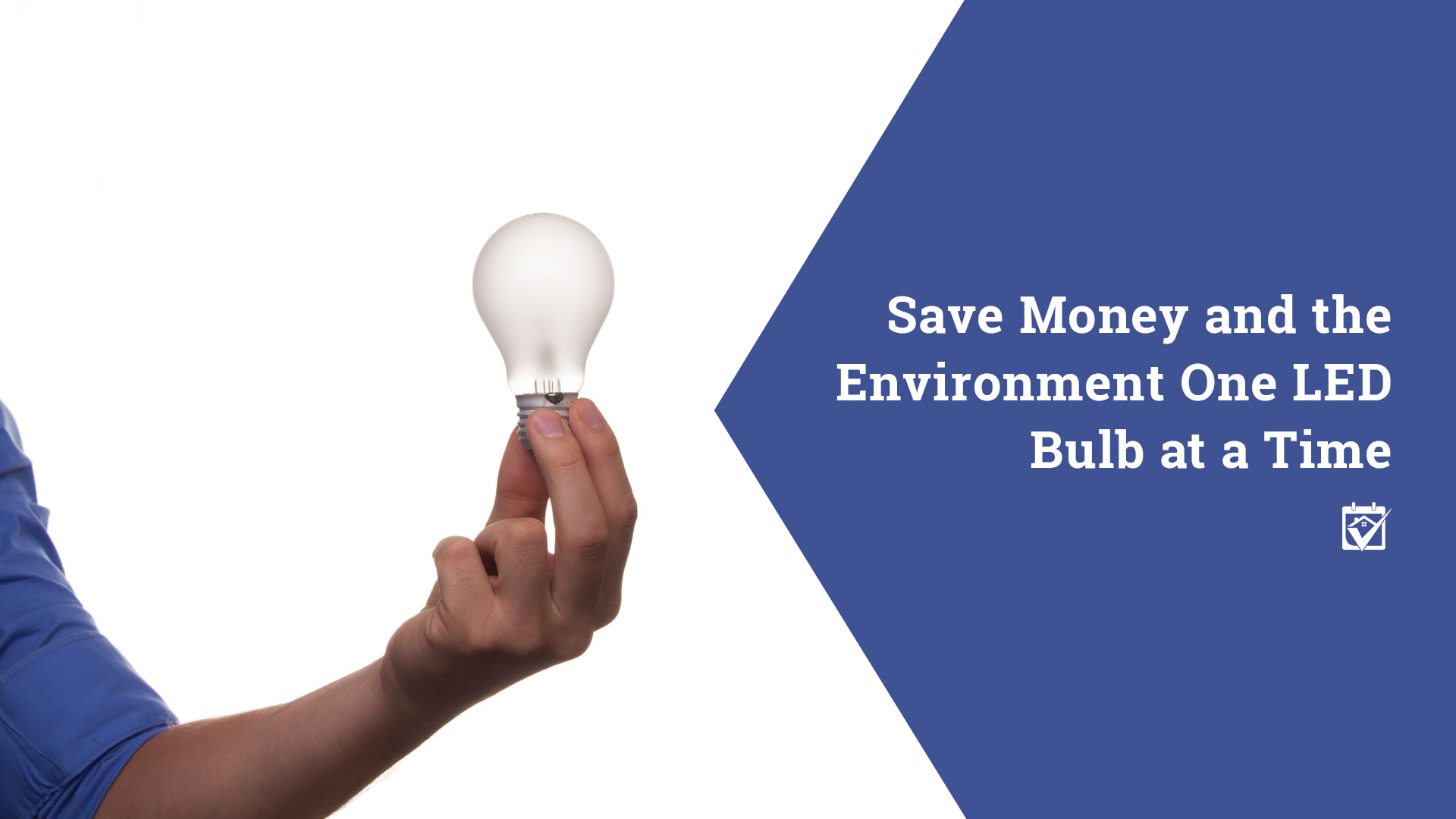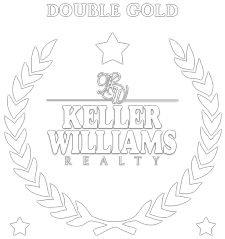Save Money and the Environment One LED Bulb at a Time
Way back in 2012, the Energy Independence and Security Act of 2007 was being phased in. One of the most useful — and controversial — results was that old fashioned light bulbs had to be reinvented. All light bulbs manufactured after the phase out dates, which varied from state to state, had to use 25 percent less energy than their ancestors.
With that one change in the way light bulbs would be made rose three major options for homeowners: the curly compact fluorescent bulb, halogen incandescents and the light emitting diode. Although there are some specific uses for halogen incandescents, the most commonly used bulbs in residential settings are CFLs and LEDs. Of the two, the LED is currently the most cost-effective option, even when adjusting for the difference in price.
What is an Light Emitting Diode?
The part that actually creates the light in an LED bulb is a tiny cell the size of a fleck of pepper. Using a mix of blue, red and green LEDs, a bulb manufacturer is able to create white, directional light that costs almost nothing to power.
Unlike incandescent bulbs that waste electricity by converting up to 90 percent of the energy they use into heat and CLFs that release about 80 percent of their energy as heat, LEDs release so little heat that they’re often cool to the touch even after hours of use.


